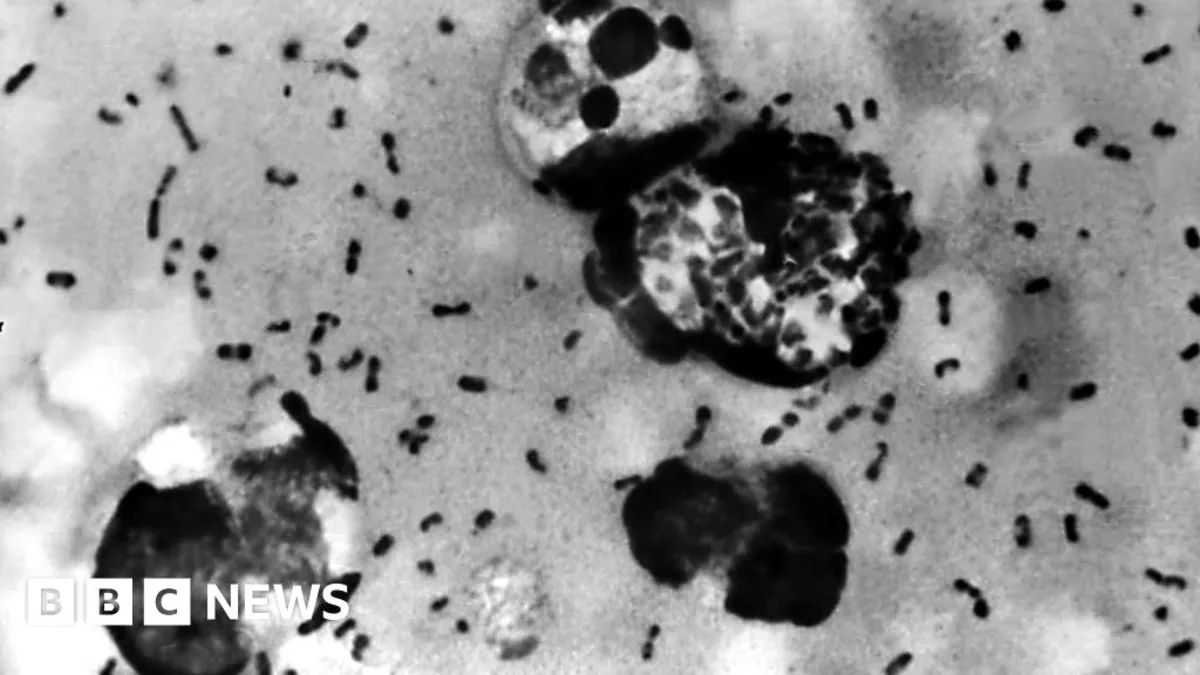
A resident of Arizona has tragically died from pneumonic plague, as confirmed by health officials on Friday. This unfortunate incident marks the first recorded death from the disease in Coconino County since 2007, according to reports from the Coconino County Health and Human Services. In the previous case, the deceased had interacted with a dead animal that was infected with the plague, highlighting the disease's zoonotic nature.
The plague, famously known as the Black Death during the 14th century, was responsible for the deaths of up to half of Europe’s population. Today, however, pneumonic plague is rare in humans and can be effectively treated with antibiotics. According to the Centers for Disease Control and Prevention (CDC), an average of seven human cases of plague are reported in the United States each year, reinforcing the rarity of this disease in contemporary society.
The Coconino County government has reassured the public that the risk of exposure remains low. "Our hearts go out to the family and friends of the deceased," stated Patrice Horstman, Chair of the Coconino County Board of Supervisors. "We are keeping them in our thoughts during this difficult time." Out of respect for the family’s privacy, no further details regarding the death will be released.
Pneumonic plague is a severe lung infection caused by the Yersinia pestis bacterium. There are several forms of plague, with bubonic plague being the most common, typically transmitted through the bite of an infected flea. Pneumonic plague, which can spread to the lungs from other untreated forms of plague, is considered the most serious variant and is relatively uncommon.
Symptoms of bubonic plague in humans usually appear within two to eight days post-exposure and may include fever, chills, headache, weakness, and swollen lymph nodes. The UK government has indicated that plague is no longer present in the country, significantly reducing the chances of it affecting individuals returning from the region.
To minimize the risk of infection, health officials recommend several prevention measures. These include using a DEET-based insect repellent to protect against flea bites, avoiding contact with dead animals and infected tissues or materials, and steering clear of close contact with symptomatic patients or crowded areas where cases have been recently reported.
This recent incident serves as a reminder of the importance of public health awareness and the need for vigilance regarding rare diseases like the plague. As health officials continue to monitor the situation, community members are encouraged to stay informed and practice preventive measures.